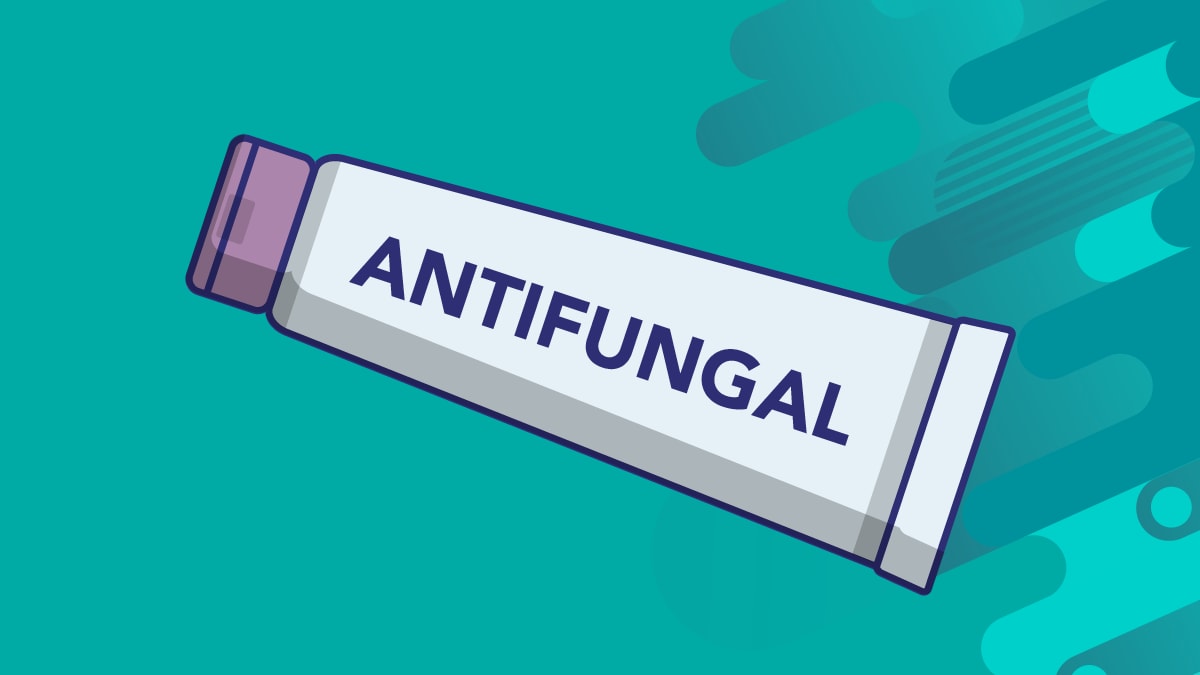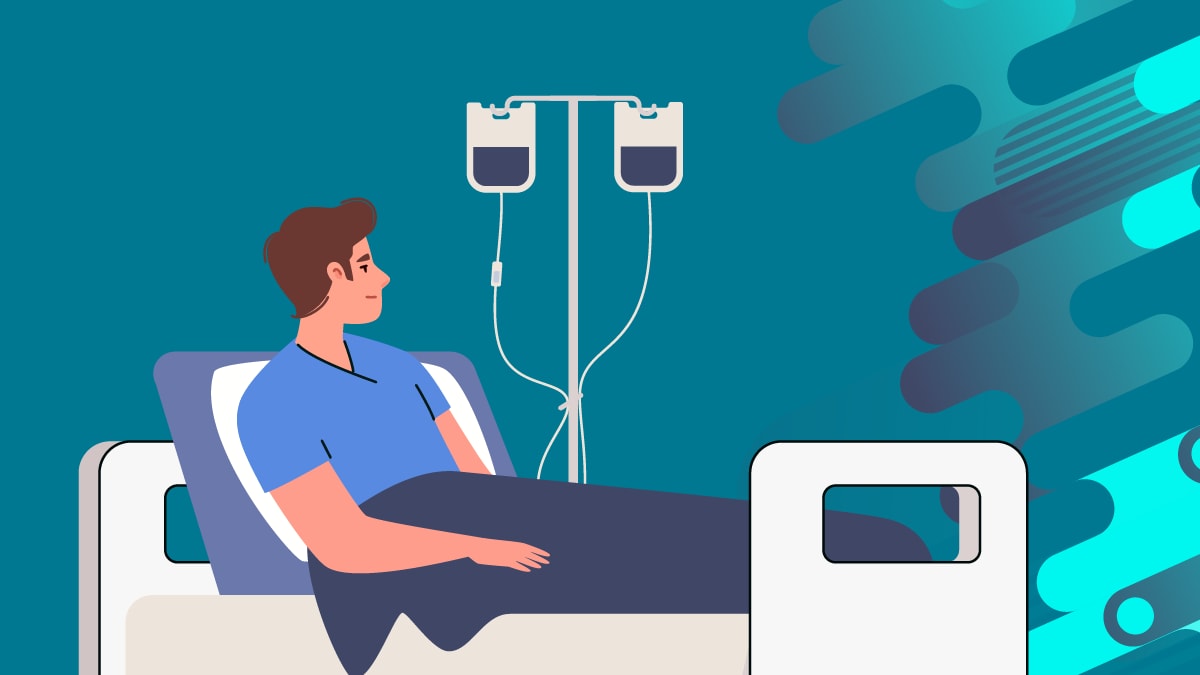Key points
- Candidiasis is treated with antifungal medication.
- Antifungal medications come in different forms: creams, oral gels, pills, or intravenous (IV).
- The type of antifungal, dose, and length of treatment depend on the type and severity of infection and the patient's overall health.
- Take antifungal medications as instructed for as long as directed.

Treatment
Vaginal candidiasis (Yeast infections)
Treatment is usually an antifungal cream applied inside the vagina or a single dose of fluconazole taken by mouth. Creams can be sold over the counter, but testing is recommended before starting a treatment.
If symptoms return, don't improve, or get worse after starting treatment, healthcare providers may adjust the treatment by prescribing:
- More doses of fluconazole taken by mouth.
- Other medicines applied inside the vagina, such as boric acid, nystatin, or flucytosine.
Candidiasis of the mouth and throat (Thrush)
Mild to moderate infections:
Treatment for most infections include an antifungal oral gel applied inside the mouth for 7-14 days. Types of antifungals used include clotrimazole, miconazole, or nystatin.
Severe infections:
Antifungal medication in pill form or through an IV. The most common type of antifungal used is fluconazole.
Candidiasis of the esophagus
The antifungal medication fluconazole is almost always used to treat candidiasis of the esophagus. It can be taken as a pill or, for severe infections, through an IV. Other antifungal medications may be used if fluconazole is not working.
Invasive candidiasis
Invasive candidiasis is much more severe than other types of candidiasis so it requires more intensive treatment. Invasive candidiasis typically occurs among people who are already sick. Healthcare providers decide which type of antifungal medication, the dose, and length of treatment based on:
- Patient age
- Health conditions and immune status
- Location and severity of infection
The initial recommended antifungal treatment for most adults is an echinocandin (caspofungin, micafungin, or anidulafungin) given through the vein (intravenous or IV). Fluconazole, amphotericin B, and other antifungal medications may also be appropriate in certain situations.

Length of treatment
For bloodstream Candida infections (candidemia), treatment should continue for 2 weeks after signs and symptoms have resolved and Candida yeasts are no longer in the bloodstream.
Other forms of invasive candidiasis, such as infections in the bones, joints, heart, or central nervous system, usually need to be treated for a longer period of time.
